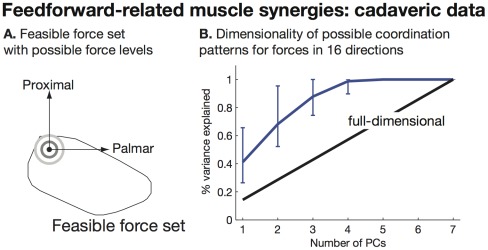Figure 5. Feedforward-related muscle synergies: cadaveric data.
A. We estimated the feasible force set in the palmar-proximal plane of the index fingertip for each specimen and posture examined (only one specimen/posture shown for clarity). We then determined how many force levels (concentric circles) could fit within the feasible force set. B. For each possible force level in each specimen at each posture, we estimated the dimensionality of the set of possible coordination patterns for force vectors in 16 directions. We found that the set of coordination patterns for omnidirectional tasks were low-dimensional regardless of the force level, specimen, or posture chosen (error bars indicate non-parametric 95% confidence intervals). This demonstrates that, even if the limb produces omnidirectional force, the mechanical nature of such experiments will always produce low-dimensional EMG data of the type that has been interpreted to reveal synergies of neural origin.

